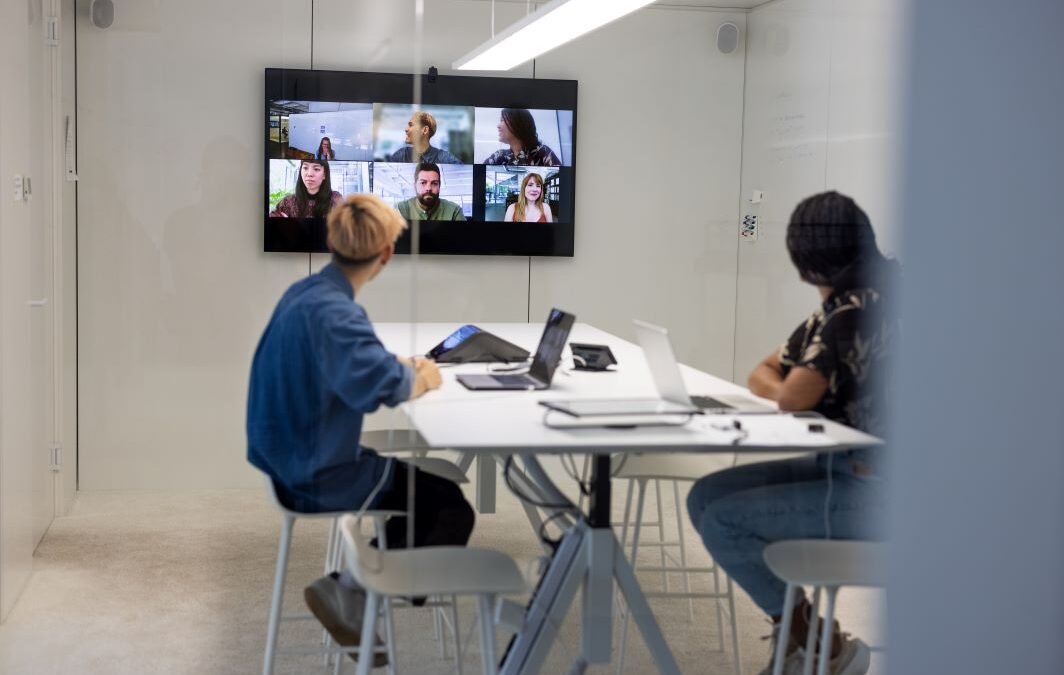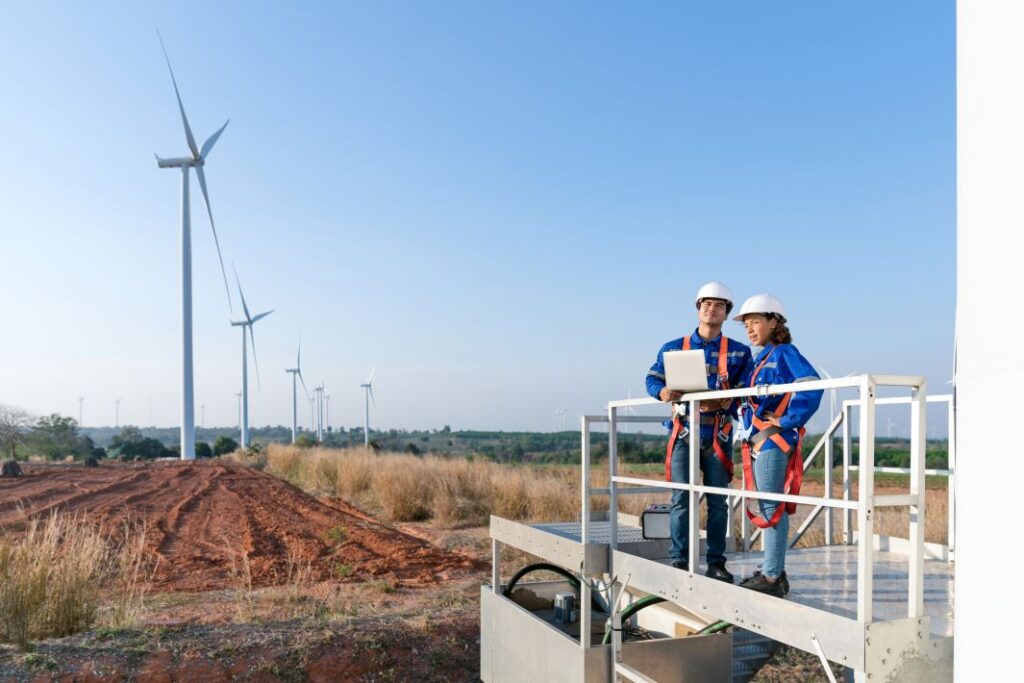UC&C

Forecast and Insights on how AI will reshape CX (Part 2)
Forecast and Insights on how AI will reshape CX (Part 2) We mentioned in Part 1 of this article that Customer Experience World has continued...

Forecast and Insights on how AI will reshape CX (Part 1)
Forecast and Insights on how AI will reshape CX (Part 1) The Customer Experience world has continued evolving at breakneck speed in...

Business Phone Service for organizations today
Business Phone Service for organizations today Cloud systems are a great option for business telephone service due to their Voice over...

The meeting rooms of the future
Creating Collaborative, Future-Ready Meeting Spaces Today’s technology is already enabling collaborative, immersive and highly productive...
What specific tasks can AI automate?
Transforming Productivity: Key Tasks AI Can Automate for Businesses What specific tasks can AI automate? Generative AI has not just changed...

A guide to getting started with your AI Companion assistant
In today's fast-paced work environment, maximizing productivity and improving collaboration are top priorities. Fortunately, AI technology...

10 tips to enhance customer experience using Contact Center as a Service
CCaaS, gives you access to the flexibility required to meet market ever-changing demands and making sure that your Contact Center is a springboard...

Employee Experience: the driving force of a business is its people
The driving force of any business is its people. As organizations around the world embrace hybrid work, they realize the importance of investing in...

“Last but not least”: telephones in Experience Centers (Part 1)
Call centers play an important part in customer service teams. At Cirion, we believe a contact center has functions that go beyond answering the...

Gamification: How games applied to work can improve customer support
This new technological trend, related to the application of fun in work environments, involves the use of game mechanics in business contexts,...
Recent Posts









